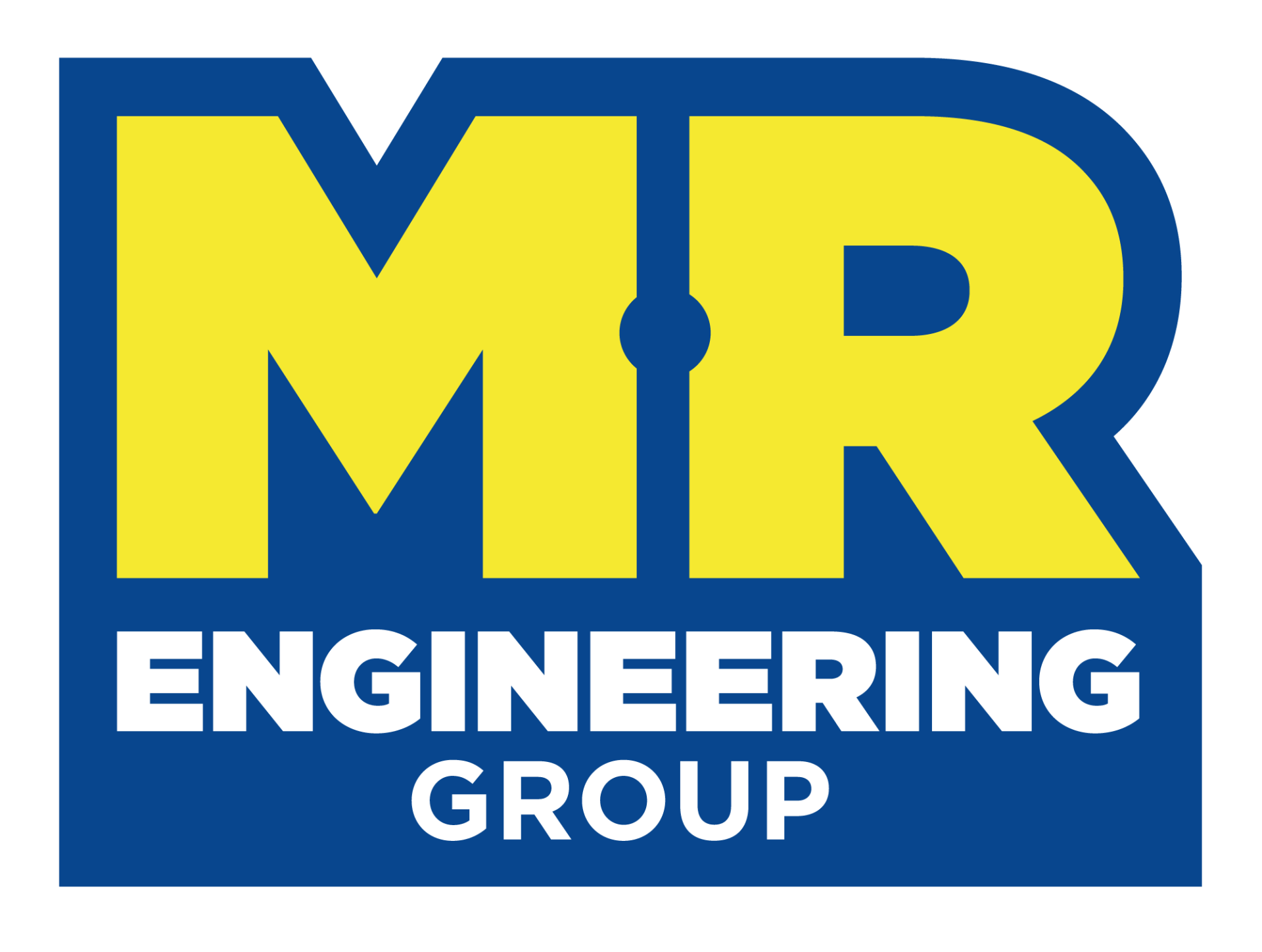T: 0151 647 9997
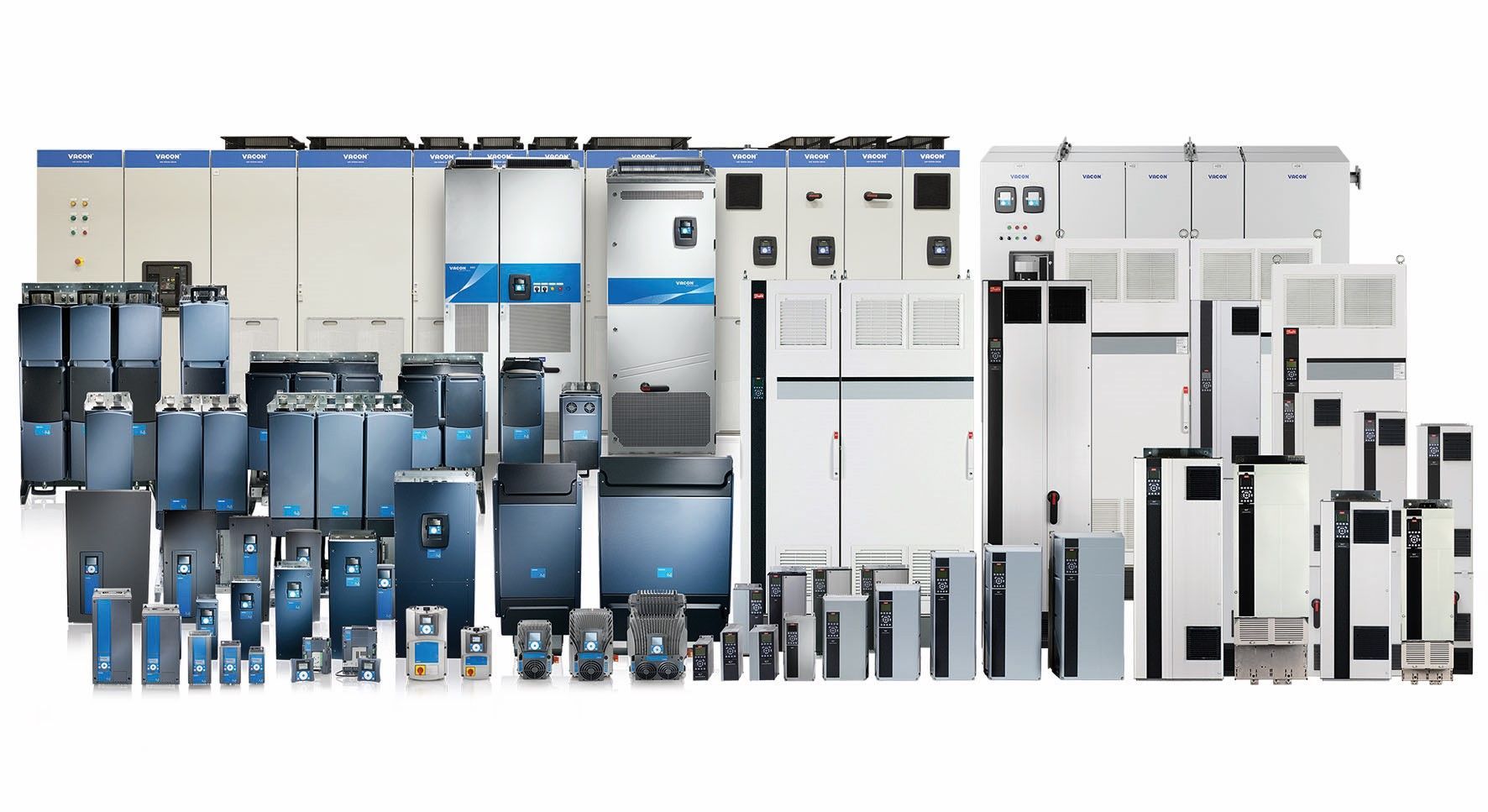
Danfoss VLT Drives: Everything You Need to Know
Danfoss VLT drives are invaluable tools in industrial automation, offering precise control over motor performance and significant energy savings. Understanding their operation and correct usage is essential for maximising their benefits in various industrial applications.
What Does VLT Stand for in Danfoss?
The abbreviation VLT in Danfoss stands for "Variable Frequency Drives" or "Variable Speed Drives." These drives play a pivotal role in industrial applications by allowing precise control of the speed and torque of electric motors.
What Is a VLT Drive?
A VLT drive, also known as a variable frequency drive (VFD) or variable speed drive (VSD), is a sophisticated electronic device used to control the speed and torque of an electric motor. It achieves this by varying the frequency and voltage supplied to the motor, which, in turn, governs its rotational speed. This precise control is crucial in industrial settings, where different processes demand varying levels of motor performance.
What Voltage Is Danfoss VLT?
Danfoss offers a wide range of VLT drives that are compatible with various voltage levels. The voltage rating of a Danfoss VLT drive depends on the specific model and application requirements. Danfoss provides drives suitable for both low-voltage (LV) and medium-voltage (MV) applications, making them versatile for a wide array of industrial setups.
How Does a VLT Work?
The operation of a VLT drive can be quite complex, but the fundamental principle is relatively straightforward. A VLT drive controls the speed and torque of an electric motor by adjusting the frequency and voltage of the electrical supply to the motor. Here's a simplified overview of how it works:
- Input Power:
The VLT drive takes in AC power from the mains supply. - Conversion:
It converts the AC power into DC power using a rectifier. - Inverter:
The DC power is then inverted back into AC power, but with variable frequency and voltage. - Motor Control:
This variable AC power is supplied to the electric motor, allowing precise control of its speed and torque. - Feedback:
Sensors and feedback systems continuously monitor the motor's performance and adjust the drive's output to maintain the desired speed and torque.
How Do You Use a VLT?
Using a Danfoss VLT drive involves several steps:
- Installation
- Parameter Configuration
- Start-Up
- Monitoring and Adjustments
- Maintenance
For more information and help with using a VLT please use the button to speak to one of our qualified engineers.
- 24/7 Emergency Repair Service, 365 Days a Year
- Same Day/Next Day Service Available
- Danfoss Authorised Sales Partner VLT Automation Drives
- Extensive Danfoss Stocks Held In-House
- Full Service & Support Options
- Design, Installation and Full Commissioning
- Bespoke Control Panel Solutions
- Energy Savings/Efficiency Solutions
- Service & Support on all New Range Products and Discontinued Drives.
- Drive Configuration
Drives Available:
For more information, please click on the relevant links below
- VLT Automation Drives FC302
- VLT HVAC Drives FC102
- VLT Midi Drives FC280
- VLT Decentral Drives FCD302
- VLT Aqua Drives FC202
- VLT Refrigeration Drives FC103
- VLT iC2 Micro Drives
- VLT MCD Soft Starters
- VACON Drives
- Large variety of options available including IP20/IP21, IP54/IP55 & IP66
- Brake Chopper & Resistors, Safestop, Profibus, Ethernet, Profinet, EtherCAT, Encoder, Resolver, Relay, Safety PLC Interface, Syncronising & Positioning .

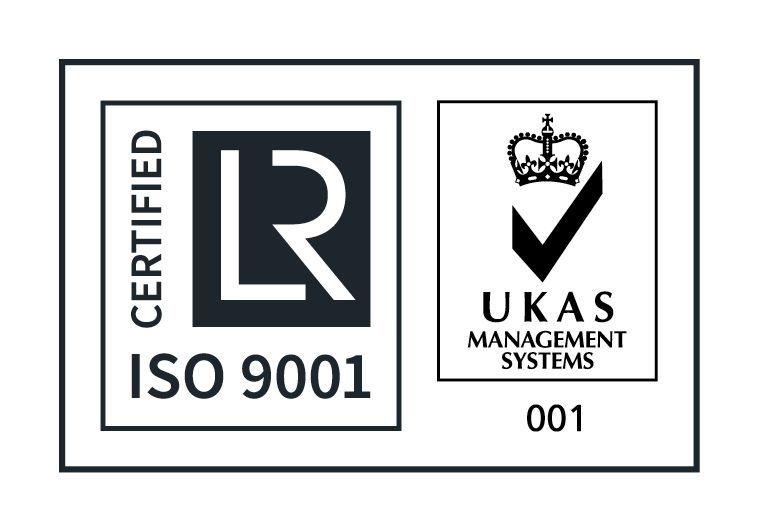

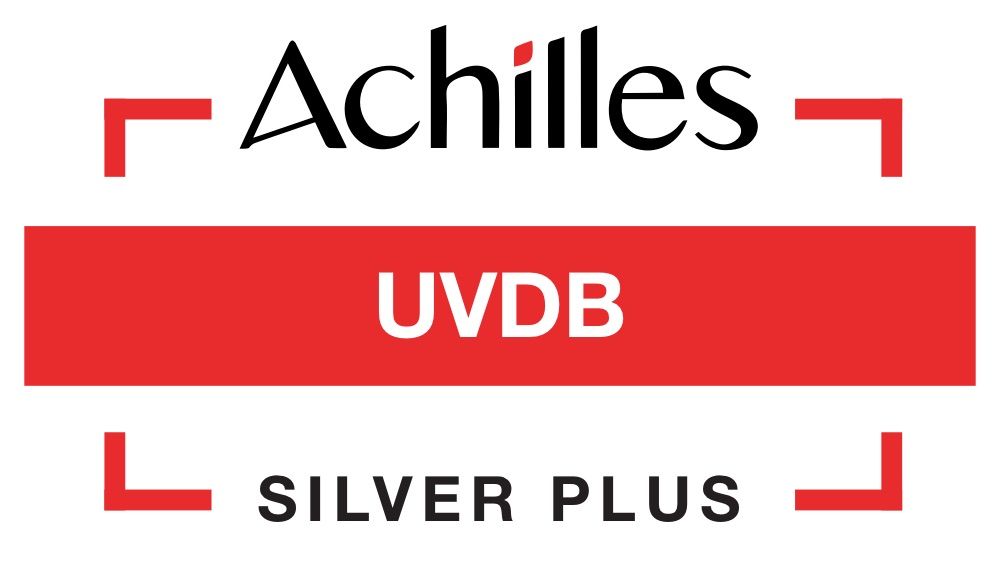





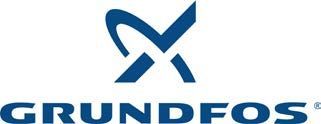


Contact Us
M R Engineering Group
107 ‑ 125 Bridge Street
Birkenhead
Merseyside
CH41 1BD
(Sat Nav Postcode: CH41 1AT)
© Copyright 2023 M R Engineering. All Rights Reserved.
